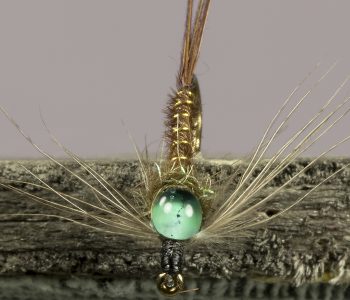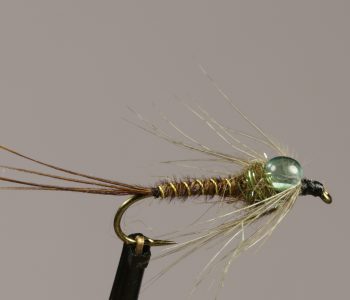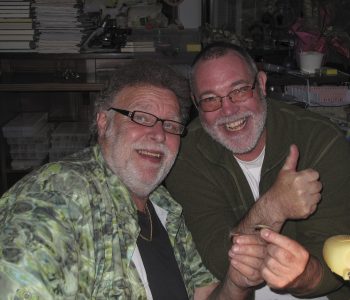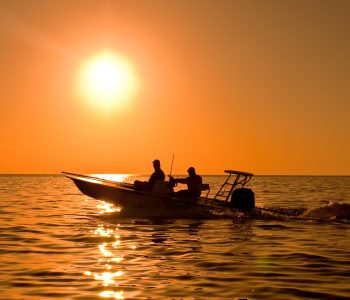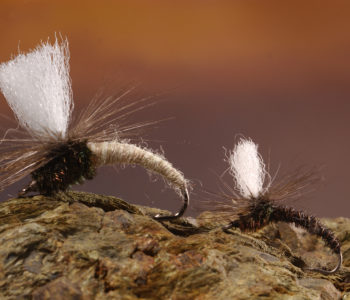
The Toddler dressing
(Original dressing)
Hook: Daiichi 1710 size 8-6
Thread: Uni 8/0 grey
Tag: Green fluorescent flexibody, wool or stretch nylon
Tail: Partridge hackle fibres tied as delta wing
Body: Hare, rabbit or squirrel dubbing dyed in several natural colours
Pectoral fins: Partridge hackle fibres
Head: Same as body but very big
Notice: Perfect fly for shallow water or subsurface fishing
Tying techniques
Step 1.
Catch your thread and run it up the hook shank. Take a small piece of Flexibody, or green fluorescent wool, and tie it in. I usually make four or five overlapping turns of Flexibody or five tight turns of wool. Tie off and cut the waste.
Step 2.
Take a partridge feather and pull of a bunch of fibres. Divide them in two equal parts and tie in on the left and right of the tag. Like a little delta wing. I prefer a tail length of about 10mm.
Step 3.
Make a spinning loop and lay the dubbing in between. Use a dubbing whirl to tighten. Wrap the dubbing in a tapered shape to the midpoint of the shank, but no more than to the two-thirds mark. Secure it and cut off waste.
Step 4.
Make two new bunches of partridge fibres and tie them in as pectoral fins on both sides of the hookshank, just in front of the dubbing. The tips must be pointed to the bend. I like a length from about 8mm.
Step 5.
Make a new dubbing loop, Fill it with your dubbing and wrap a large tapered head. The dubbing will push the fibres backwards. Tie off and the fly is ready.
Fishing techniques
Depending on the size of the river, I prefer to start with a floating line. If unsuccessful, I usually try a twenty-four foot sink-tip line to present the fly a little deeper. In rivers I mostly cast down and across and retrieve the fly at different speeds. I use the tip of the rod to produce the action. When I use a sinktip I always fish with unweighted versions. For some waters I made an underbody of high floating material to give the fly an extra action. The fly wants to go up but the sink-tip pulls it down while retrieving. This works extremely well in still and saltwater too. With a floating line I do the opposite by using weight in the patterns.


